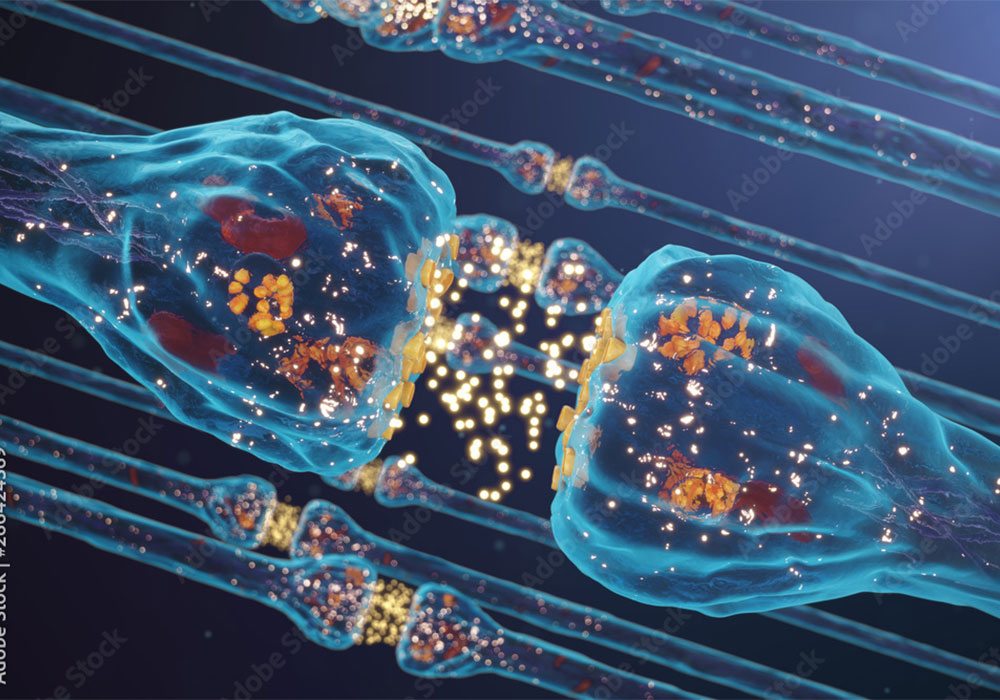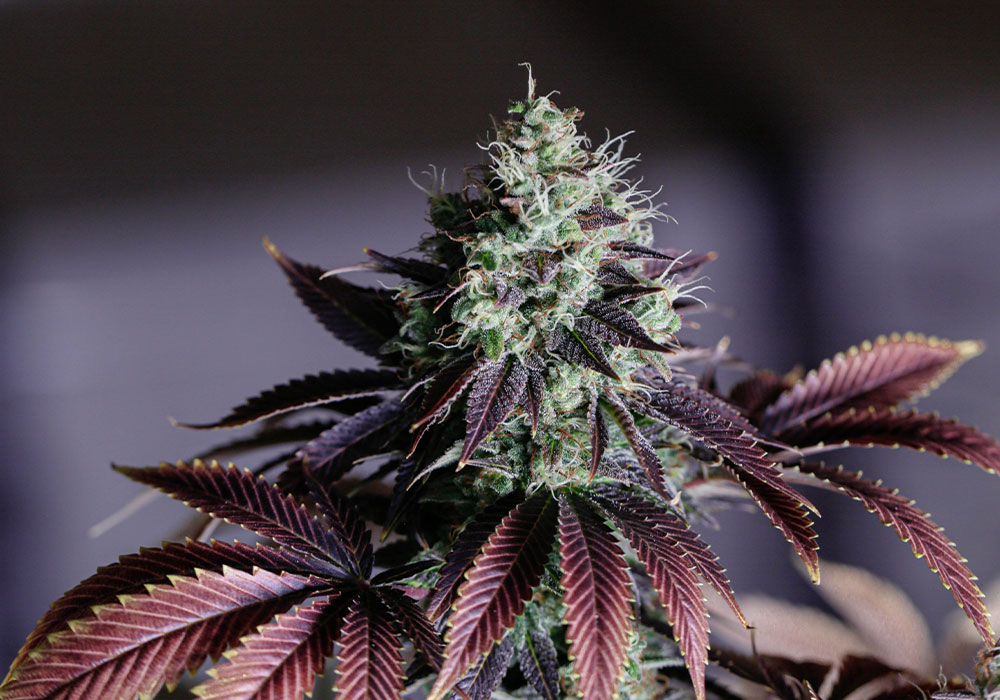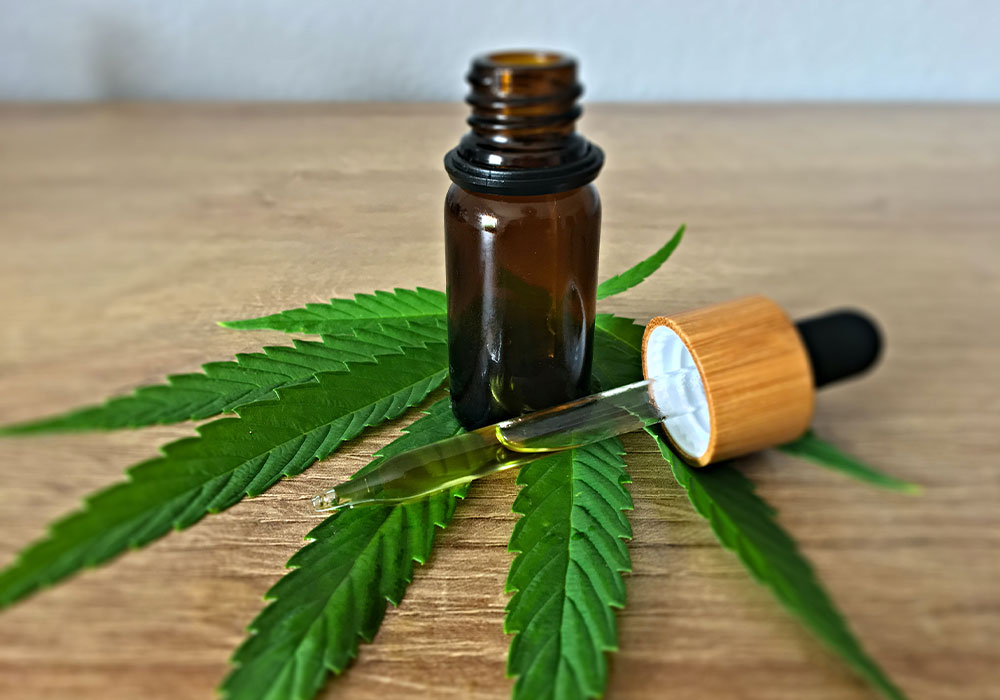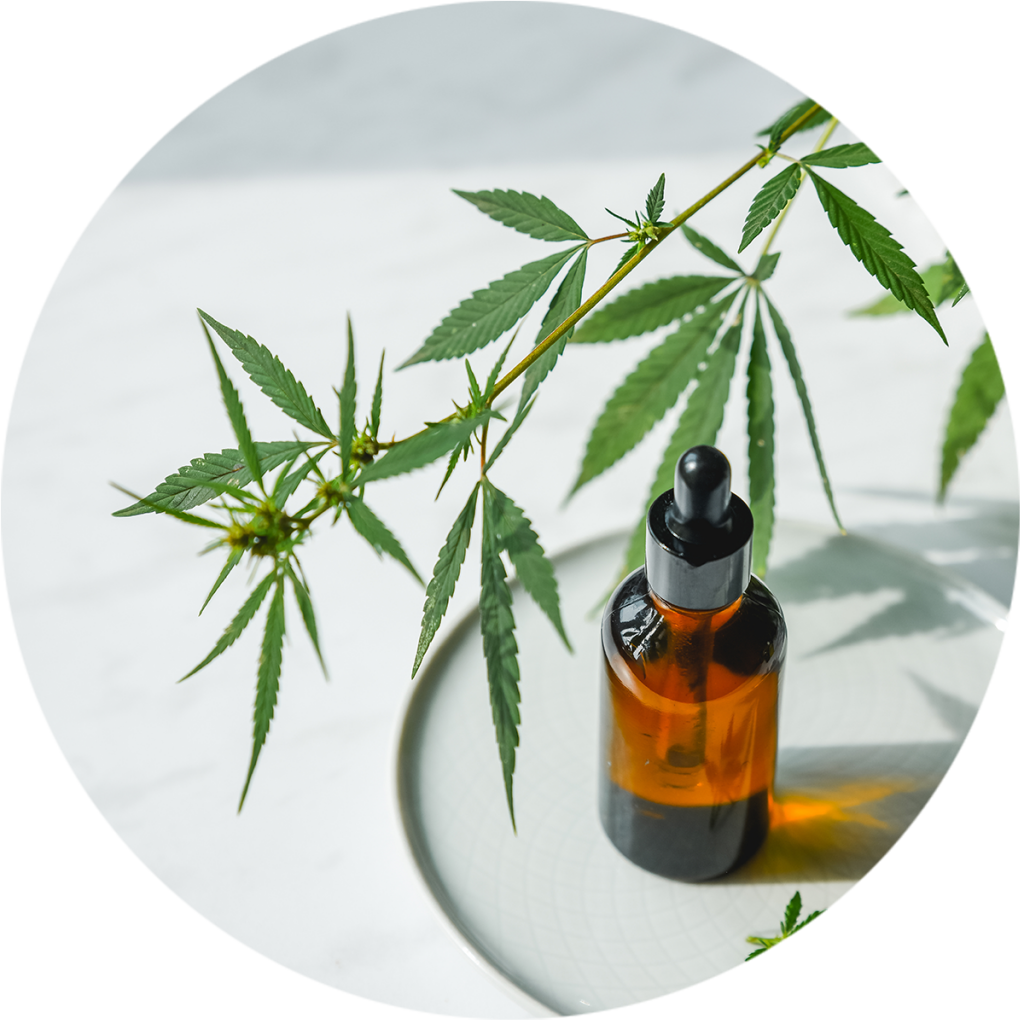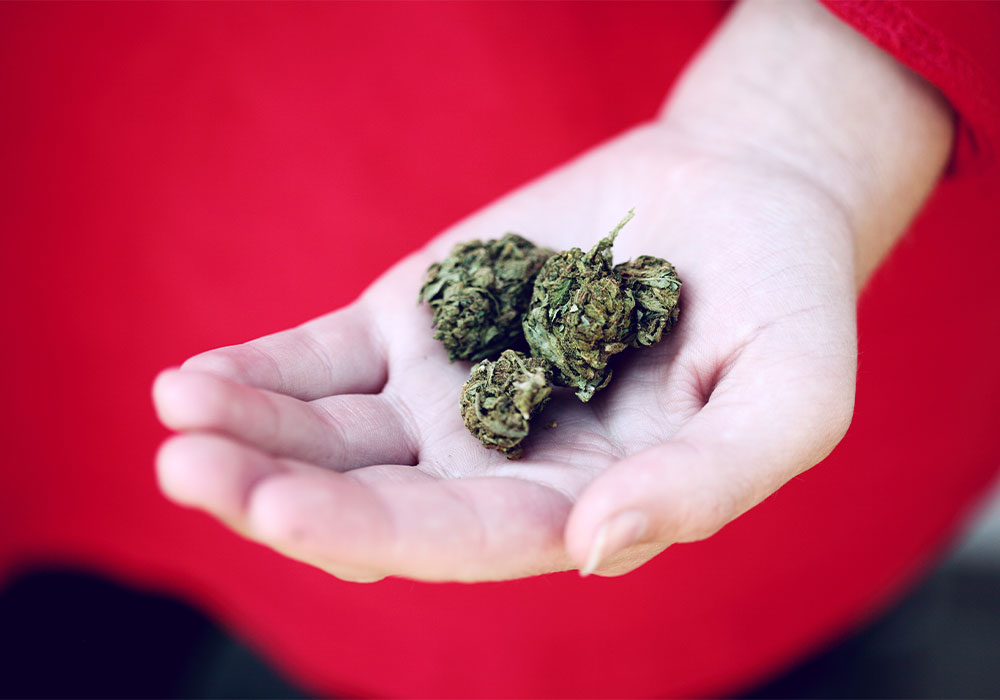
The endocannabinoid system is an active and complex cell signalling network. It involves a combination of endocannabinoids, enzymes, and cannabinoid receptors that help regulate several functions in the human body.
Cannabinoids are compounds found in cannabis.
Experts are still trying to fully understand the ECS, but so far we know it plays a role in regulating a range of functions and processes, including:
- Sleep
- Mood
- Appetite
- Memory
- Reproduction and fertility
The ECS exists and is active in your body even if you don’t use cannabis.
How does it work?
The ECS involves three core components: endocannabinoids, receptors, and enzymes.
Endocannabinoids
Endogenous cannabinoids, or endocannabinoids, are naturally occurring, lipid-based neurotransmitters produced by your body. Neurotransmitters are chemical messengers in the body that send signals between nerve cells.
Experts have identified two key endocannabinoids so far:
- Anandamide (AEA)
- 2-Arachidonoylglyerol (2-AG)
These help keep internal functions running smoothly. Your body produces them as needed, making it difficult to know what typical levels are for each.
Endocannabinoid receptors
These receptors are found throughout your body. Endocannabinoids bind to them in order to signal that the ECS needs to take action.
There are two main endocannabinoid receptors:
- CB1 receptors, which are mostly found in the central nervous system
- CB2 receptors, which are mostly found in your peripheral nervous system, especially immune cells
Endocannabinoids can bind to either receptor. The effects that result depend on where the receptor is located and which endocannabinoid it binds to.
For example, endocannabinoids might target CB1 receptors in a spinal nerve to relieve pain. Others might bind to a CB2 receptor in your immune cells to signal that your body’s experiencing inflammation, a common sign of autoimmune disorders.
Enzymes
Enzymes are responsible for breaking down endocannabinoids once they’ve carried out their function.
There are two main enzymes responsible for this:
- fatty acid amide hydrolase, which breaks down AEA
- monoacylglycerol acid lipase, which typically breaks down 2-AG
How does the body produce and release endocannabinoids?
The human body naturally produces endocannabinoids. They are present in various organs and tissues, such as the muscle, brain, and circulating cells. Endocannabinoids become active when they bind with a cannabinoid receptor. The receptors are also located throughout the body.
What are its functions?
The ECS is complicated, and experts haven’t yet determined exactly how it works or all of its potential functions. These functions all contribute to homeostasis, which refers to the stability of your internal environment.
For example, if an outside force, such as pain from an injury or a fever, throws off your body’s homeostasis, your ECS kicks in to help your body return to its ideal operation. Experts believe that maintaining homeostasis is the primary role of the ECS.
How does THC interact with the ECS?
Tetrahydrocannabinol (THC) is one of the main cannabinoids found in cannabis. It’s the compound that gets you “high.”
Once in your body, THC interacts with your ECS by binding to receptors, just like endocannabinoids. It’s powerful partly because it can bind to both CB1 and CB2 receptors.
This allows it to have a range of effects on your body and mind, some more desirable than others.
For example, THC may help to reduce pain and stimulate your appetite. But it can also cause paranoia and anxiety in some cases.
How does CBD interact with the ECS?
The other major cannabinoid found in cannabis is cannabidiol (CBD).
Unlike THC, CBD doesn’t make you “high” and typically doesn’t cause any negative effects.
Experts aren’t completely sure how CBD interacts with the ECS. Some experts believe that it doesn’t bind to CB1 or CB2 receptors the way THC does. Others believe that CBD binds to a receptor that hasn’t been discovered yet. Many believe it works by preventing endocannabinoids from being broken down.
While the details of how it works are still under debate, research suggests that CBD can help with pain, nausea, and other symptoms associated with multiple conditions.
What about endocannabinoid deficiency?
Some experts believe in a theory known as clinical endocannabinoid deficiency (CECD). This theory suggests that low endocannabinoid levels in your body or ECS dysfunction can contribute to the development of certain conditions.
Conclusion
The ECS plays a big role in keeping your internal processes stable. But there’s still a lot we don’t know about it. As experts develop a better understanding of the ECS, it could eventually hold the key to treating several conditions.
